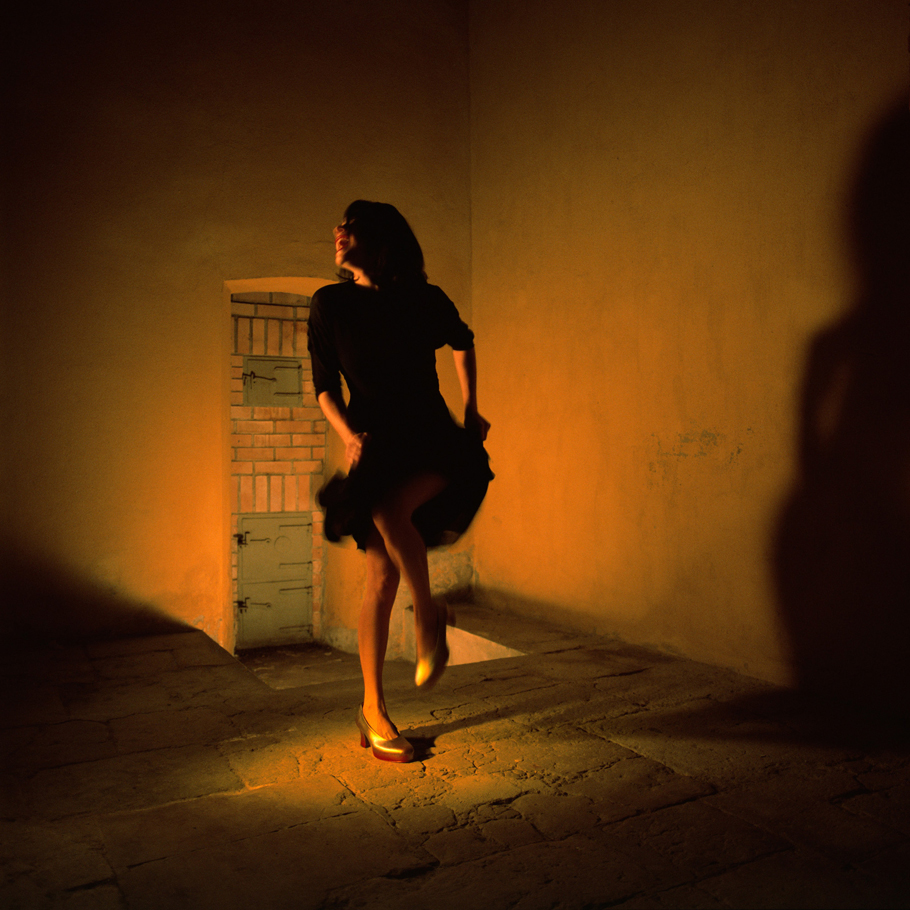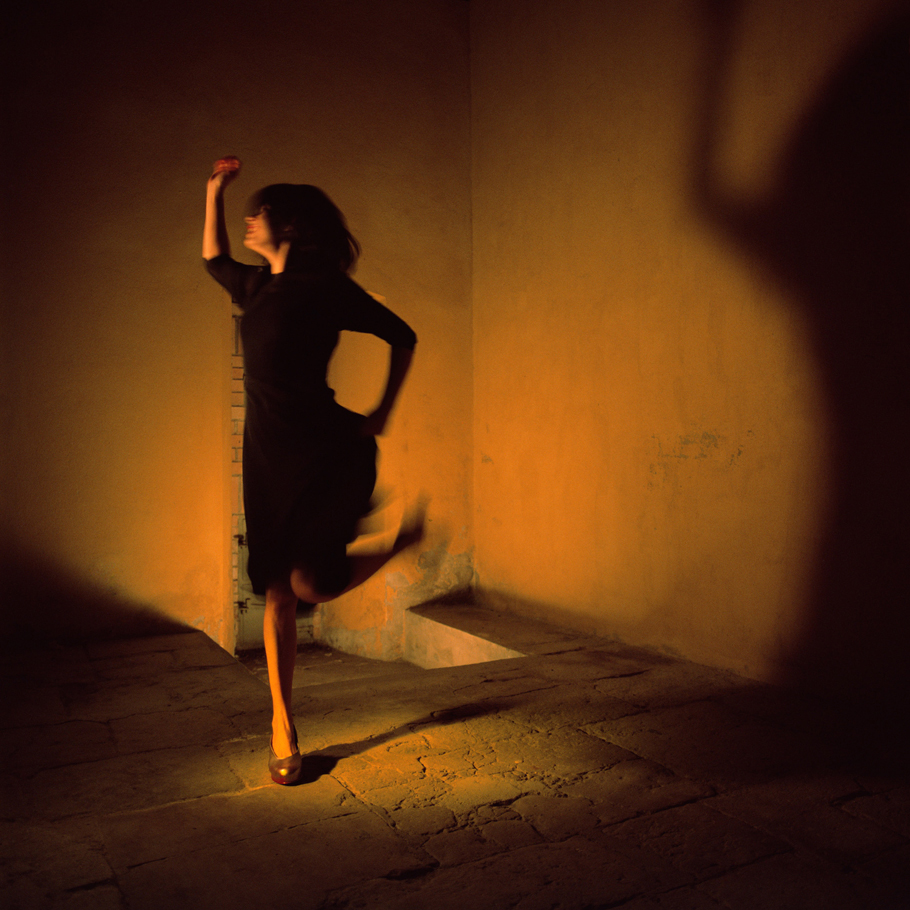Who’s the fairest one of all?
















Who's the fairest one of all?
This series investigates a set of female figures withdrawn from classic children’s literature.
These characters are strictly chosen from a vast range of children’s tales, with origin in popular tales within an oral tradition. These are narratives that have suffered, throughout history of literature and literary traditions, a constant restructuration. This work results in reinterpretations that assemble several hypotheses of the female gender and its role inside the same structures that incorporates them.
The two tales in this series, which presents stories from children’s popular fantasy, are the Story of Grandmother (by Louis and François Briffault in 1885) and Snow White (by Jacob and Wilhelm Grimm, 1812). (Tatar,1999)
Taking as starting point older versions of these plots, I explore the evolution of these characters, and the metamorphosis to which narratives have been submitted, to satisfy the moral necessities of each historical time.
This set of photographs question the gender roles of these characters and their parallelisms between distinct times. They are female characters whose identity has been largely disseminated, in western as well as eastern culture, through literature and cinema. The female gender has suffered a progressive transformation since the first versions of those tales. These transformations are particularly marked by the role of the heroic protagonist of those figures. Moving from an initial moment of prefiguring of power, with autonomy and intelligence, to a decried place of the female figure, fragile, naïf and subservient, that needs to be saved by the male figure, which assumes in recent literature the heroic role of savior and protector.
Tatar, Maria; The Classic Fairy Tales, W.W Norton & Company, Inc., New York, 1999.